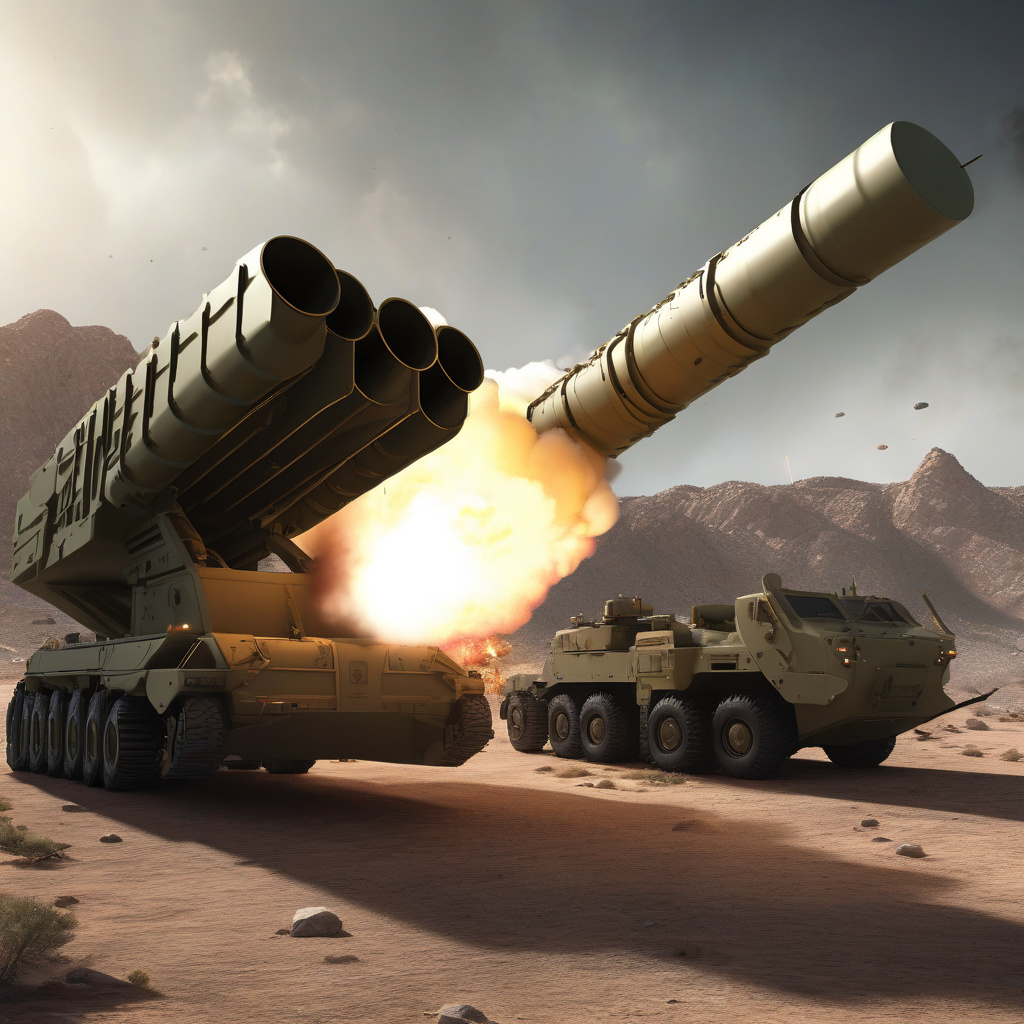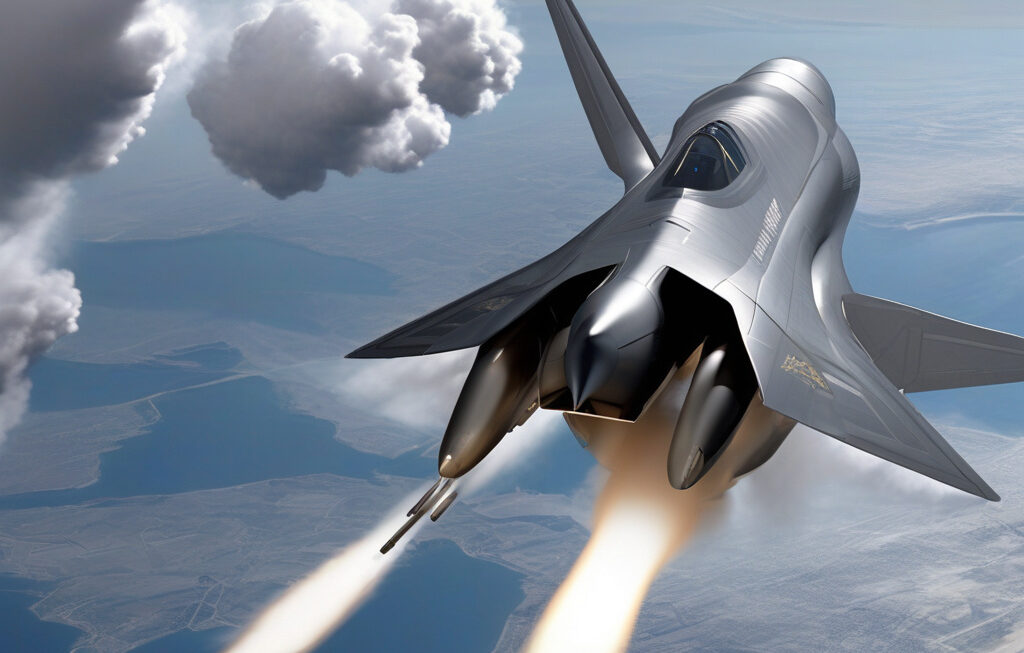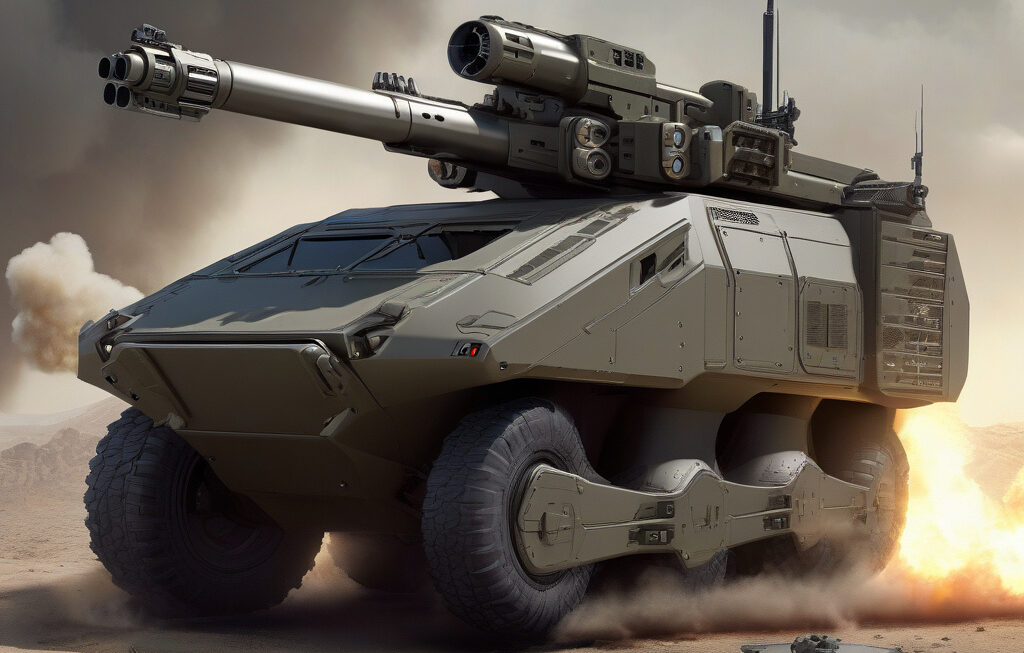1,700 Miles in Minutes: US Army to Field First Hypersonic Missile Battery in December
The US Army’s first hypersonic missile unit will finally receive a full complement of live ammunition by December, marking a significant milestone in the military’s pursuit of advanced weaponry. Hypersonic missiles, capable of traveling at speeds exceeding Mach 5, or five times the speed of sound, are set to revolutionize modern warfare. With the ability to strike targets over 1,700 miles away in a matter of minutes, these cutting-edge weapons represent a game-changer in the defense landscape.
The fielding of the US Army’s hypersonic missile battery comes amidst growing competition among global powers to develop and deploy hypersonic technology. Countries like Russia and China have already made significant progress in this field, prompting the United States to accelerate its own hypersonic missile program. The deployment of the first hypersonic missile battery signifies America’s commitment to maintaining its technological edge and military superiority.
One of the key advantages of hypersonic missiles is their speed and maneuverability, which make them extremely difficult to defend against using traditional missile defense systems. Unlike conventional ballistic missiles that follow a predictable trajectory, hypersonic missiles can change course mid-flight, making them elusive targets for enemy air defenses. This ability to strike with unprecedented speed and precision gives the US Army a potent tool for deterring aggression and defending against emerging threats.
In addition to their speed and maneuverability, hypersonic missiles also offer increased range and lethality compared to existing missile systems. By being able to travel vast distances in a fraction of the time it takes for conventional missiles to reach their targets, hypersonic missiles provide military commanders with rapid response capabilities to address time-sensitive threats. This extended reach allows the US Army to project power across long distances, enabling it to effectively engage adversaries in a variety of operational scenarios.
Furthermore, the deployment of hypersonic missiles enhances the US Army’s overall warfighting capabilities by providing commanders with more options for conducting precision strikes against high-value targets. Whether engaging moving targets at sea or striking hardened bunkers deep within enemy territory, hypersonic missiles offer a flexible and responsive means of delivering decisive firepower. This increased operational flexibility is essential for maintaining deterrence and protecting national security interests in an ever-evolving global security environment.
As the US Army prepares to field its first hypersonic missile battery, the significance of this technological achievement cannot be overstated. By harnessing the power of hypersonic technology, the military is poised to usher in a new era of precision strike capabilities that will shape the future of warfare. With adversaries racing to develop their own hypersonic weapons, the United States remains at the forefront of military innovation, ensuring that it stays ahead in an increasingly competitive strategic environment.
In conclusion, the upcoming deployment of the US Army’s first hypersonic missile unit represents a major step forward in the modernization of America’s military forces. With its unparalleled speed, range, and precision, hypersonic technology promises to redefine the way conflicts are fought and won. By investing in cutting-edge capabilities like hypersonic missiles, the US Army is preparing to meet the challenges of tomorrow head-on, securing its position as a global leader in defense innovation.
US Army, Hypersonic Missiles, Military Innovation, National Security, Modern Warfare












